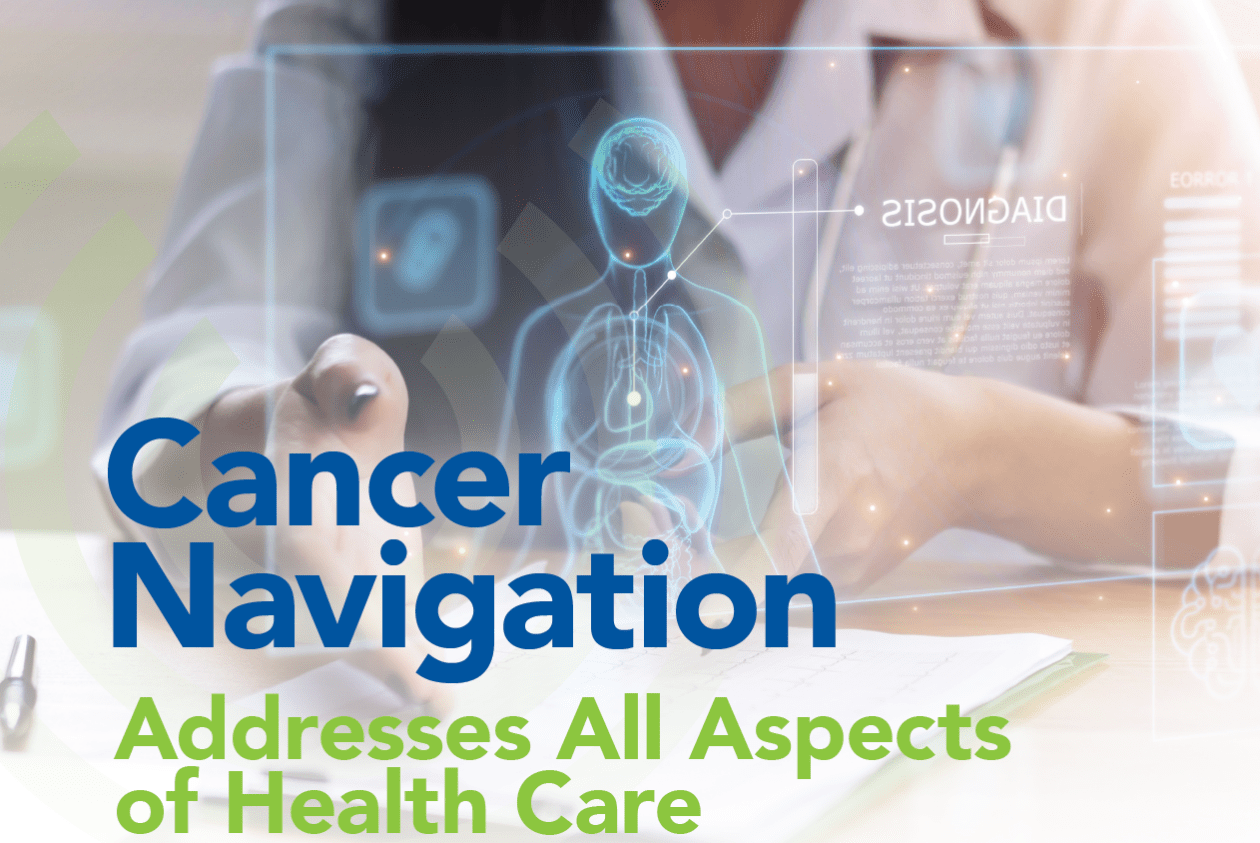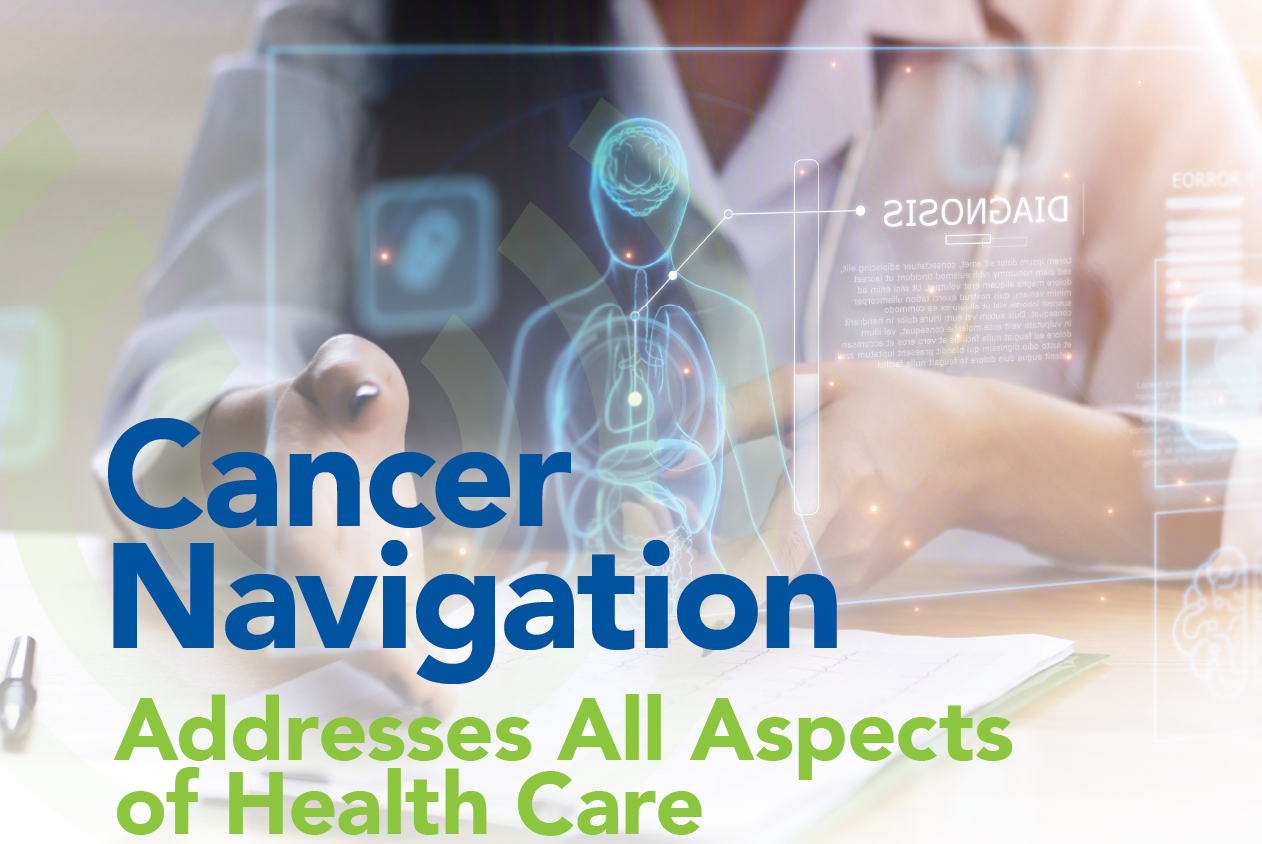

Care for cancer patients extends well beyond the oncology team. This is why oncology navigation deals with every aspect of a cancer survivor’s health care, which can include one’s primary care physician and any specialists treating other medical conditions. Cancer treatment affects not only cancer survivors and their loved ones. It affects their entire healthcare team.
Patient navigation systems are designed to:
Reduce cancer incidence and mortality.
Improve patient quality of life.
Develop education targeted to specific patient needs.
Provide access to early screening diagnoses and treatment.
Help patients navigate the health care system.
Help patients adhere to their medical treatment.
Remove any barriers to care.
RBOI returns patient navigation to its roots in the community
Patient navigation began as a community-based practice when Dr. Harold Freeman pioneered an outreach program in Harlem, NYC. Dr. Freeman provided education to a severely underserved group of women with high mortality rates. His studies showed improvement in survival. Over the years, patient navigation grew into a massive, largely hospital-based program, and moved away from its grassroots beginnings.
RBOI returns patient navigation to its community-based roots. Our navigators are licensed clinical social workers. We help bridge the gap between the community and large health systems. When individuals can’t access care, don’t have resources, or need psychosocial support, they reach out to us.
We help connect them to free cancer screenings when available.
We work alongside hospital navigators to bridge any gaps in care.
We find resources, financial assistance programs, and groups to help them overcome barriers. RBOI also donates to Citrus Aid Cancer Foundation and Heartfelt Unconditional Giving (HUGs) Charities to help ease financial burdens.
We serve on community boards, such as those at Tobacco Free Florida, Cancer Alliance of Marion County, or Rotary Club, to educate and bridge gaps.
We are out in the communities we serve, hoping to be that hand of compassion so that people don’t give up before they even get started. And we are there when the active phase of treatment ends and people are looking for emotional and mental health support (often a gap in large health communities).
We have the groups, the counseling, and the time to spend with those whose lives have been affected by cancer, not only on the front end but sometimes for years to come.

Write a comment: